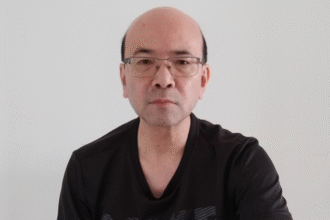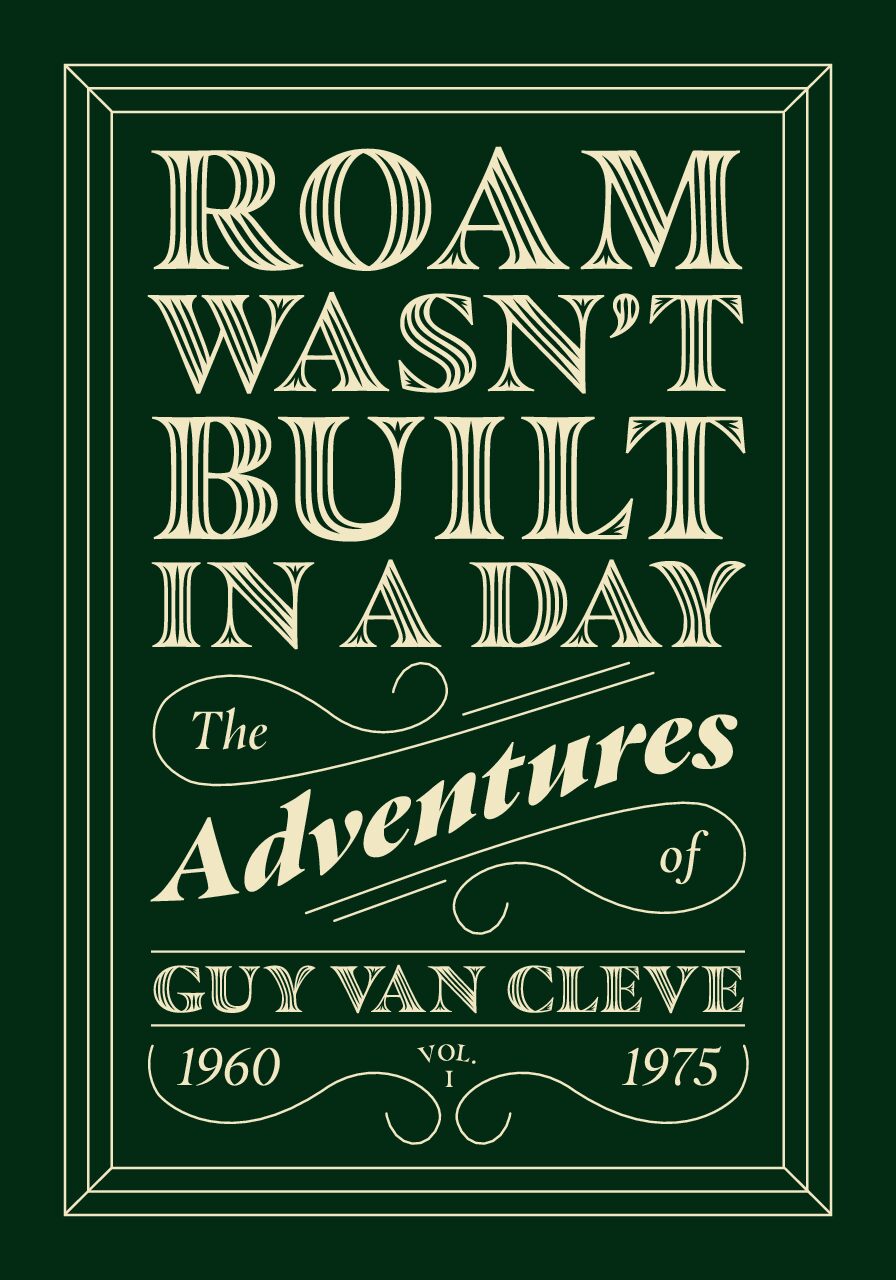On his 16th birthday, Abner has to deal with a series of problems: his alcoholic father forgot to congratulate him, his girlfriend dumps him out of jealousy of her own sister, his film project is vetoed by the school board, among others. other troubles.
However, the most surprising of all situations happens when his bedroom mirror breaks and a portal to another world is opened. What will this new dimension look like? Can the young protagonist’s life be better on the other side?
This is the starting point of the book O Avesso no Espelho, by photographer and filmmaker Jefferson Matoso. His main references were literary works and adaptations of classics such as “The Wizard of Oz”, “The Neverending Story”, “The Chronicles of Narnia” and “Coraline”. In common, all are stories about children who abandon their mundane lives to dive into a fantastic world, just like the book by the author from Brasilia.
The work, which mixes fantasy, quantum physics and teen dramas, is also inspired by physicist Stephen Hawking’s latest article on parallel universes, titled “A Smooth Exit from Eternal Inflation?”. Also important is the presence of the concepts developed in “The Power of the Subconscious”, by Dr. Joseph Murphy, who studies the parallels between mind and reality. Check out the interview!
How long in production to get to the final story?
From the original idea to the book’s launch, 16 years have passed, the exact age of Abner, the protagonist of the story. When the idea came up, I didn’t imagine it would become a book. It started as a college assignment, evolved into a two-hour screenplay, and eventually turned into a literary work.
How was the conception part of each character and the inspiration for the context? What are your inspirations and studies to produce the development of history?
It was surprising and revealing to conceive each character. There comes a time when they dictate their lines and even some of their actions, you will try to write some attitude, some action and you just find that it doesn’t fit. My inspirations and studies to produce the development of the story were: The Hero’s Journey, by Joseph Campbell revealed in his book the Hero with a Thousand Faces, the Aristotelian structure, in three acts revealed in The Poetics of Aristotle, Syd Field in his book The Roadmap Handbook, quantum physics with the theories of physicists Hugh Everett III and Stephen Hawking about parallel universes (multiverse), the book The Power of the Subconscious by Dr. Joseph Murphy drawing a parallel between mind and reality. And of course, many cinematographic references such as, for example, the movie The Legend of Ridley Scott, Poltergeist, Back to the Future among others.

With an overview of your work, what is the main message you would like to convey through your book to the public?
The message I would like to pass on is that it is necessary to take advantage of what is good, redefine what is not so good and, above all, try to learn from it. After all, the strength for change, for a better reality than before, is within ourselves, the decision is for each one to want to access it or not.
Your work addresses the multiverse, what news can we expect in this world?
About the multiverse I would say that the novelty would be that there is a greater awareness of people that we can access other realities, not as in O Avesso In the mirror, but we can create a desired reality through our thoughts and our attitudes. Who says this is Dr. Joseph Murphy in his book The Power of the Subconscious, quoted in the preface and which also served as the inspiration for part of the story. The term co-create was used in one of the characters’ dialogues, because according to some aspects of spirituality and quantum physics, which studies parallel realities, everything has already been created, some theories defend the idea that there is a latent reality for every decision we make. to take. As Louis, Abner’s best friend, says in a conversation with his almost brother where he explains to him about parallel realities on page 219 – We are living other possibilities, other realities at this very moment.
You created a manuscript in 2005. More than 15 years later you arrive at the final work. Ideas must have changed with maturity. What were the changes? Does the main character go through more complicated dilemmas?
Yes, in this period when the work was being created there were changes due to time and the maturity of the text. If we are writing a story, whether for the cinema or for the literary universe, it is imperative that we let the text rest for a while before reviewing it again. Because when we come back we are no longer the same and we will certainly see excerpts, dialogues, sequences that can be improved, in addition to allowing the text to have the most worked grammatical correction, of course. One of several changes that the work underwent was in relation to the age of the protagonist of the story, in the manuscript version Abner was 23 years old, in the first treatments of the script 19 and, when I went to adapt to the literary universe, I decided that he should finally be 16. years old. Some character names have also been changed. Scenes were included, others removed, all this so that it could provide the reader with an engaging, imagistic reading experience that challenged the limits of reality. Another aspect that was worked on was the fluidity of the text. The entire textual design was designed so that the book would be easy to read, so that the Portuguese language would not be a barrier, an impediment to the understanding of history. As for dilemmas, Abner faces some. One of them, perhaps the most important, is: he decides to move on towards this parallel reality totally unknown to him. Another dilemma is whether he will be willing to do what needs to be done to find his way back home.

Of the works you chose to adapt, “The Chronicles of Narnia”, “The Neverending Story”, “The Wizard of Oz” and “Coraline” are quite complete stories in terms of “sewing”. Behind the scenes of your work, what was it like to be able to sift through elements and be able to unify them into something new?
O Avesso No Espelho is not an adaptation of these works. It is a layered story about different points of view of the same observer. It is a multidimensional family conflict with elements of fantasy, science fiction and the real world. In fact, the works mentioned above served as inspiration for me to make a narrative cut and decide what kind of story I would like to tell. The plot of The Inside Out in the Mirror remains faithful to Joseph Campbell’s Hero’s Journey and to the classic Aristotelian model in three acts that also influenced not only my work, but all those that have a well-structured beginning, middle and end. Using all these elements to build something new was and is very rewarding.
Before writing this new book, you had more experience with cinema, more specifically short films. How is it being able to develop your writing side more?
I had my phase as a screenwriter, photographer, video maker, filmmaker and now I’m venturing into genre literary writing. Being able to develop this skill further is being a great novelty for me, I have learned a lot about the literary universe and I am very grateful not only for all the learning, but mainly for the friends I am making along this journey.
Datasheet
Title: Inside Out in the Mirror
Author: Jefferson Matoso
Publisher: Viseu
ISBN/ASIN: 9786525415697
Pages: 236
Price: BRL 41.97
Where to buy: Amazon and Toca Livros
Follow Jefferson Matoso on Instagram
With Luca Moreira, Regina Soares, Letícia Cleto and Affonso Tavares





